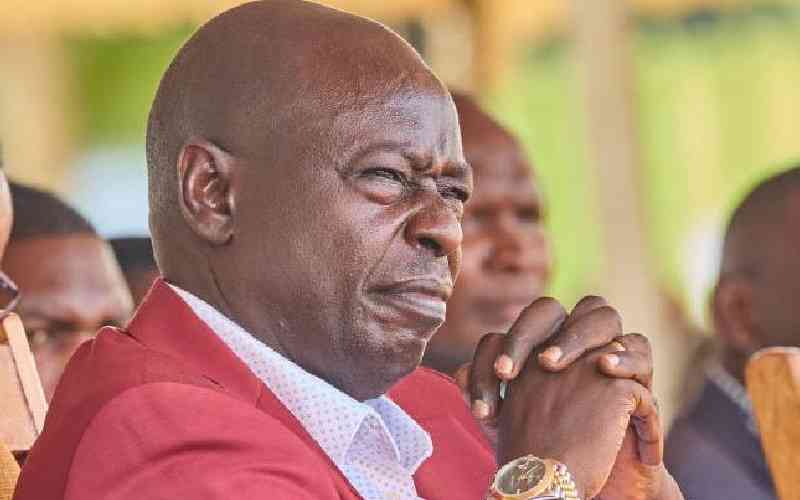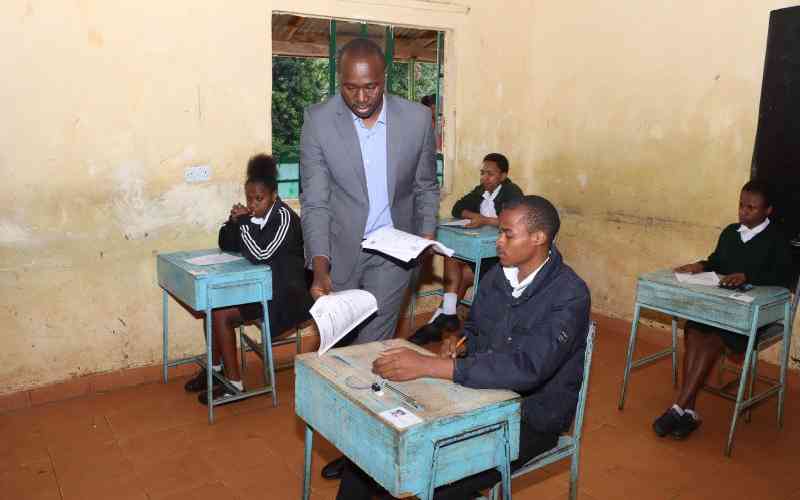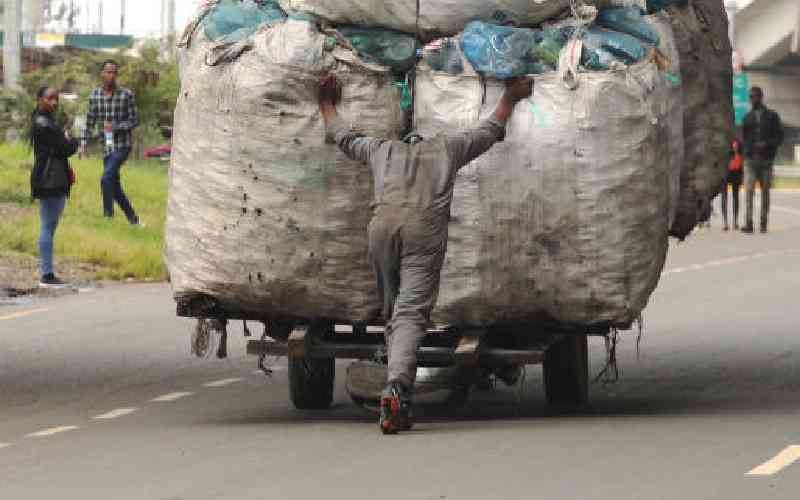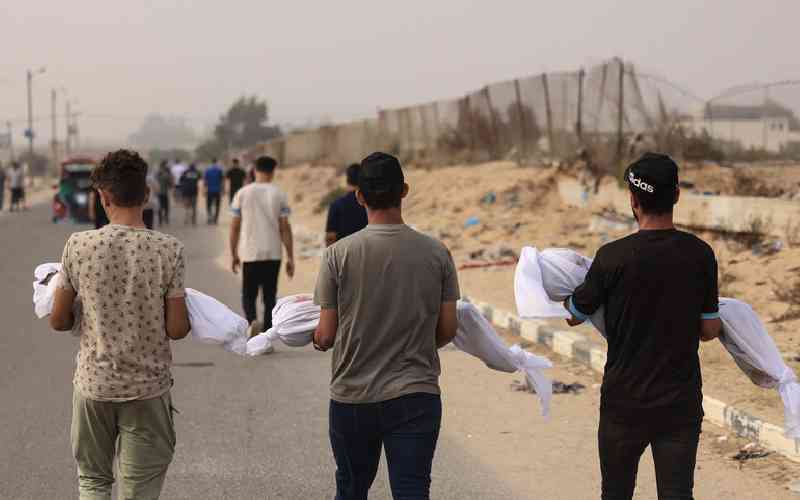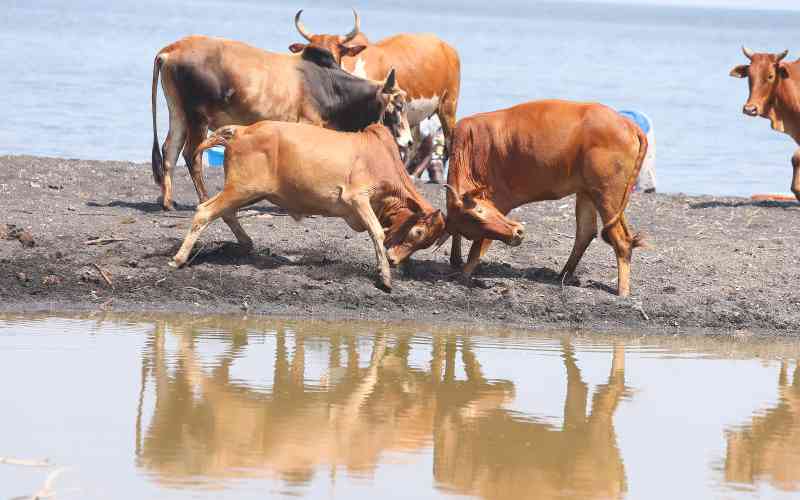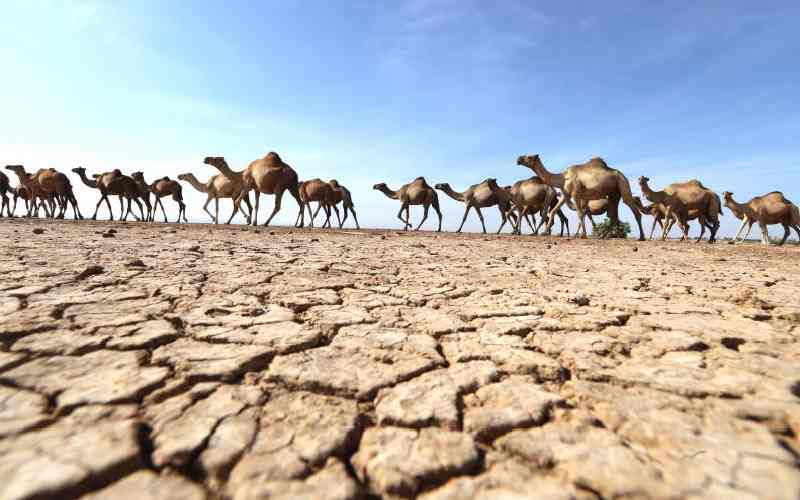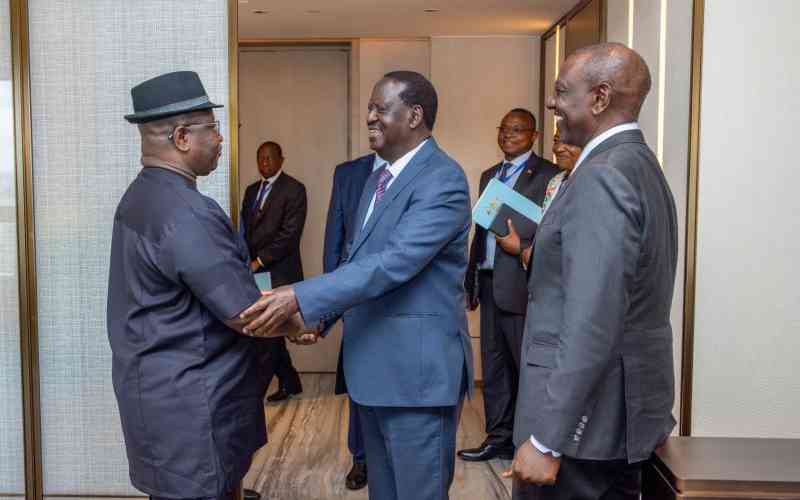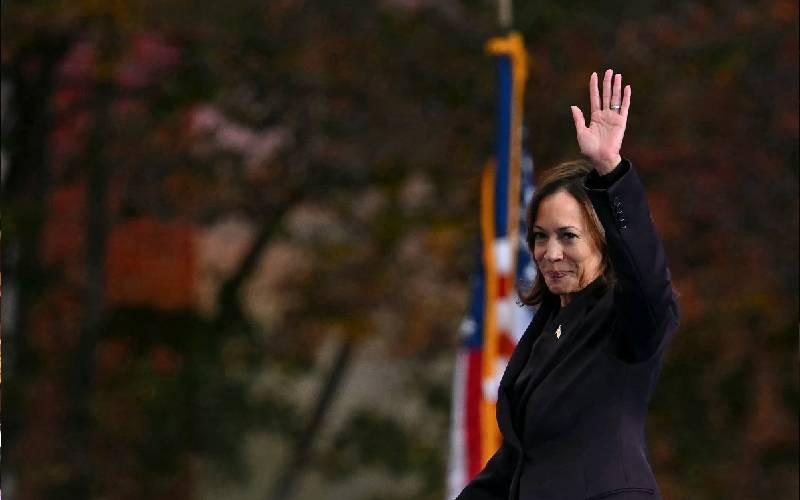
There has been a debate of bottom-up Vs trickle-down economic models as this nation prepares for next year's elections. The main goals of any economic policy are: uplifting the lives of the populace, alleviating poverty, and improving the human development indicators of the citizens.
Therefore, the discussion on the economic model needs to be in the context of the current economic and social situation of any country to determine which model has the most suitable impact in resolving its problems. Let us begin by stating some facts about the Kenyan economy. Kenya has a very thin labour force, with 29 per cent of the population within productivity age. This cohort has a serious skills gap, limiting the mobility of labour to higher productivity sectors. This is in the 18-and-above age group where 43 per cent of the 25 million people either never went to school or did not finish school. Of the 45 per cent that finished school, the majority (61 per cent) have pre-primary or primary as their highest level of education.
Secondly, of 28.3 million Kenyans below the age of 24, 14 million are in primary or secondary school. This means half of this age group will be entering the labour force at various stages in the next eight years. The economy, therefore, needs to grow immensely to absorb this group.
The statistics also bring out the informality of the business space in the country. Forty per cent of the 5.85 million unlicensed MSMEs operate with no structure, i.e. in the open. This excludes digital firms. Twenty-five per cent of the MSMEs operate in temporary structures. The majority of the licensed and unlicensed MSMEs are in wholesale and retail trade, which mainly involves importing from outside and reselling. Only around 11 per cent are involved in manufacturing.
What does it mean for the next government? No economic policy, whether termed as bottom-up, trickle-down, middle-out, or abracadabra, will move Kenya forward unless it addresses the future based on the current status. To summarise the current status: Kenya suffers from an income and rural poverty. Secondly, the rate of upward mobility is either very low or stagnant.
The areas that will have the greatest impact in addressing the above points in the coming years will be:
Agricultural income growth and transformation that is paramount to alleviate poverty with great impact. Growing value chains, increasing production yields, mechanisation (opportunity for local manufacturing of agri-equipment for local and regional consumption), dealing with land subdivision issues, and research and development. But these need an enabling environment to do that and less regulatory impediments. The top seven food importers are the US ($158 billion), China ($ 136 billion), Germany ($98 billion), Japan ($70 billion), Netherlands ($67 billion), UK ($63 billion), and France ($61 billion), totalling $653 billion. With these numbers bound to increase, every industry should revolve around agriculture as we have natural advantages, such as climate, soil and a port.
Secondly, conducive environment for the growth of MSMEs. This would present a vehicle that could catapult employment growth with great impact in Kenya. Since a majority of the people are employed in the unlicensed MSME sector, diversifying this sector from retail buying and reselling to being export-oriented is also key.
Then comes the transformation of the education system to reflect 21st-century requirements. Investment in the right training will ensure a high transition from each stage of education. We cannot be churning out more people with business and social related skillsets and less IT, engineering, and scientist skills in this day and age and expect to grow, modernise and diversify the economy.
Governance has been defined as “the manner in which power is exercised in the management of a country’s economic and social development”. Therefore, for one to define how Kenya will grow they will have to be in government, it is important then to understand the thinking of anyone you give power as their management can either make or break a country.
The writer consults with Gravio.
 The Standard Group Plc is a multi-media organization with investments in media platforms spanning newspaper print
operations, television, radio broadcasting, digital and online services. The Standard Group is recognized as a
leading multi-media house in Kenya with a key influence in matters of national and international interest.
The Standard Group Plc is a multi-media organization with investments in media platforms spanning newspaper print
operations, television, radio broadcasting, digital and online services. The Standard Group is recognized as a
leading multi-media house in Kenya with a key influence in matters of national and international interest.

